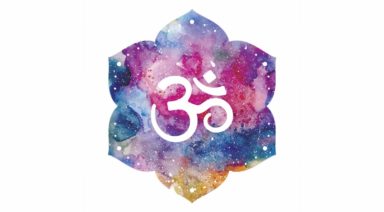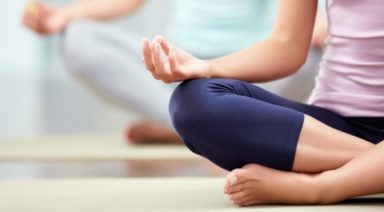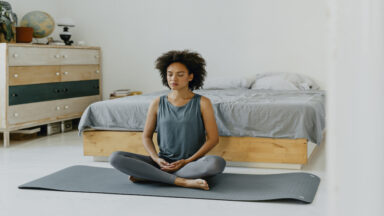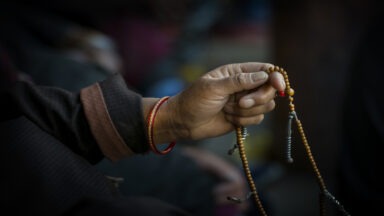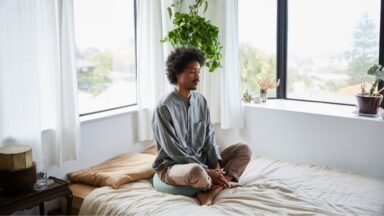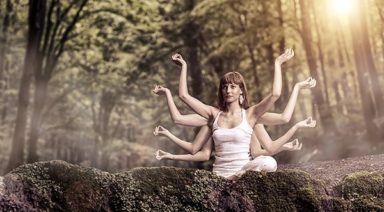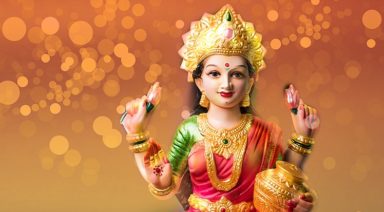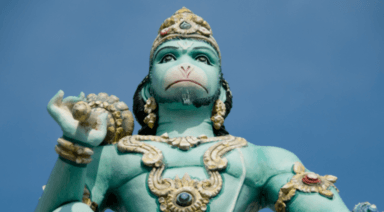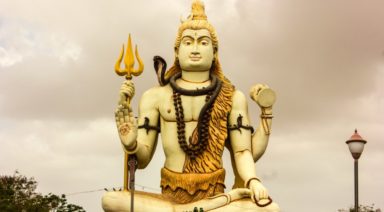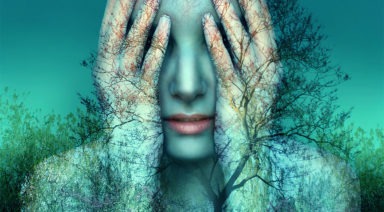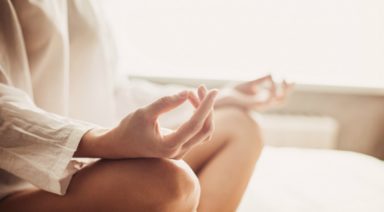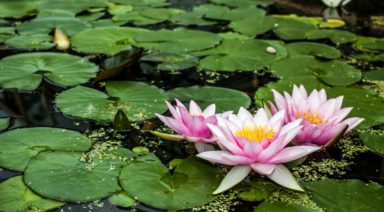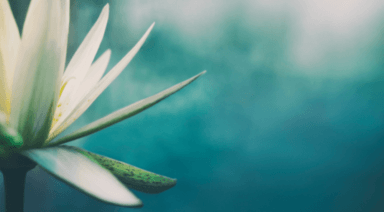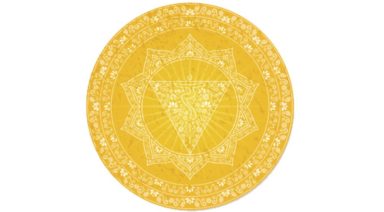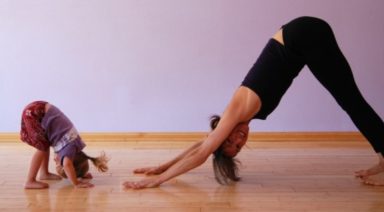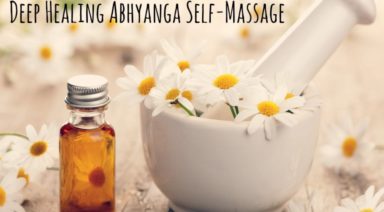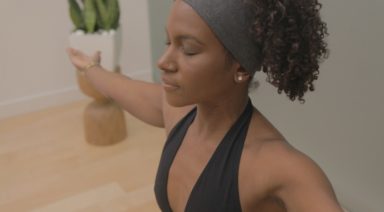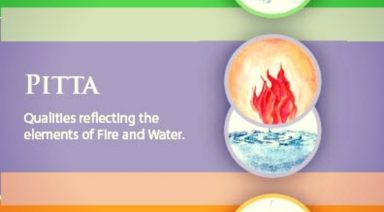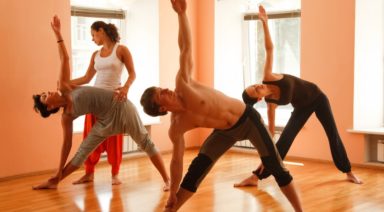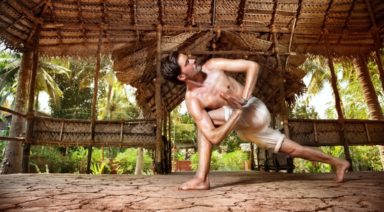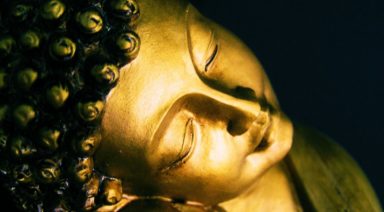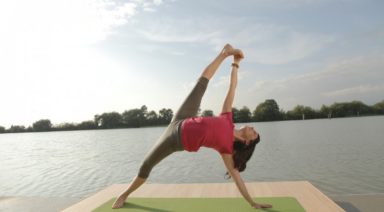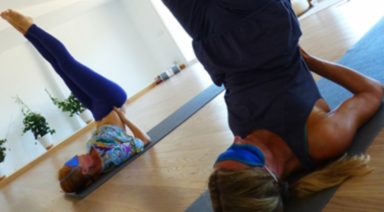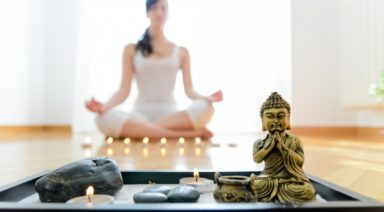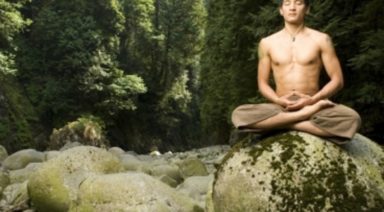5 Tips for A More Mindful Sensual Experience
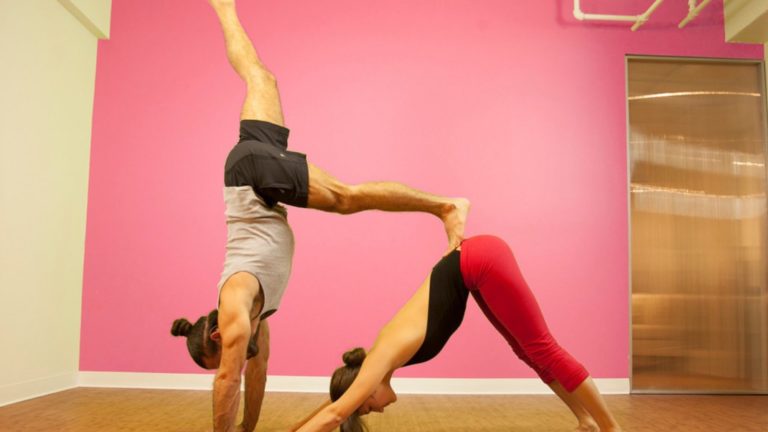
We live in a society that is constantly pushing us to go harder, faster, longer. And no, I’m not just talking about sex. Whether it’s our jobs, at home, or even our hobbies, we are continually striving to get better, to go further. We are inundated with messages that tell us to progress, to do more, more, more! It may feel sometimes like we need to be superhuman to even keep up. Often, we get so caught up in reaching our goal that we forget about enjoying the journey, only to find at the end, we’re still not happy. So we set another goal and start the process again.
As it turns out, our hectic lives are a pretty good indication of what’s going on behind our bedroom doors too. Is it any wonder we feel we haven’t found time to really connect with our partner? Is it any wonder sex seems like just another item on the to-do list? That we are too stressed/distracted to achieve that big ‘O’? Is it any wonder we worry we will never feel satisfied or experience a deep and meaningful pleasure?
Luckily, I can offer a few words of comfort and five practical tips to help explore sexual pleasure in a more meaningful way. The good news is that none of us are broken, nor are our intimate relationships in ruins; they were simply set aside as we got caught up in the whirlwind of life. Secondly, adopting these five mindful sexuality strategies will help promote a more mindful and pleasure oriented experience in all your day to day activities.
1. Breathe.
Yes, it is that simple. When was the last time during foreplay or sex that you really connected with your breath? During sexual activity hormones are flooding our nervous system, blood is being pumped ferociously to our erogenous zones, and we start to quicken our breath. While this is an excellent way to detox the lungs, sometimes we are trying so hard to reach climax that we stop breathing altogether (kind of like when you are holding triangle pose during yoga for the first time and you forget you even have lungs). Before you know it, sex is over and you’re wondering if it was even any good! It was quick, to the point and utterly devoid of mindfulness. Focusing on your breath during sex can help you reclaim that sense of connection to your body, mind, spirit, soul and even partner. Breath, physiologically speaking, is integral to a pleasurable sexual experience; it relaxes our muscles and actually increases blood flow to the genitals, which can result in a more intense and longer lasting orgasm. However, emotionally and spiritually speaking, focusing on our breath reminds us that sex is a beautiful journey; a time to connect, renew, relax and indulge. Try this: During foreplay, lay in spoon position with one of your partner’s hands on your belly and the other on your heart center. Breathe slowly and purposefully. You will feel the day’s tension melt away and you will feel the breath flow to where you need it most. If at anytime during your sexual encounter you start to feel that mad rush to get somewhere, stop and start breathing mindfully with the rhythm of your bodies. Delight in the sensations that you never even noticed before.
2. Look. Don’t touch.
Our eyes are powerful and magical; looking into someone’s eyes can tell you their life’s story, their greatest sorrow or their biggest desire. Eyes are often cited as the most erotic part of the human body, and can offer you the most intimate sexual experience you have ever had, without even getting physical. When was the last time you really looked at your partner? When was the last time you let your partner look at you – with the lights on?Perhaps you have forgotten what a beautiful and magnificent creature you are. Allow me to remind you of your absolute perfection. Really looking at one another during foreplay or sex will force you to ignore the nagging or critical thoughts rushing through your brain and will immediately center you in the present moment. The beautiful moments spent looking into your partner’s eyes gives you access to their soul, allowing you to experience the love and desire they have for you, in turn allowing you to relax and enjoy the moment. Try this: Undress slowly for your partner. Let them look at you. Let them marvel at every inch of your body. Once naked, sit facing each other and spend one minute staring into each other’s eyes with out breaking contact. Allow the feelings of vulnerability to surface, acknowledge them, and let them pass. Maybe you will feel intense desire or maybe you will begin to laugh uncontrollably with your partner. Either way, you will experience an intense sensuality that will likely be more rewarding than a quick-fix romp session.
3. Touch. Don’t look.
Your skin is your largest organ and it is filled with tiny nerve endings everywhere, ready to fire off messages of pleasure to the brain. But often times, most of these sensual spots go unnoticed or unused. Back of your elbows or knees? Fingertips? In between your fingers and toes? Behind the ears? The base of your neck or the top of your bum? When was the last time any of these places received the attention they deserve? Our genitals, nipples and lips get their fair share, but surprisingly, our finger tips are just as packed with nerve endings. I also know of people who cannot get aroused until the backs of their legs are gently stroked. Is it possible that you have a hidden hot spot waiting to be discovered? If we spend the time to explore our naked bodies through touch, we are giving permission to the world around us to slow down. We are proclaiming that our body, our temple, is worthy of pleasure. Try this: Ask your partner to blindfold you (if you feel comfortable with that) and allow them to explore your body through touch. Ask them to massage you, to trail their fingers or tongue all along your body, allow them to kiss your finger tips (and yes even toes) slowly and sensually. Allow them to explore all your nooks and crannies and to keep you guessing as to where they will go next. This results in your whole body entering a heightened state of arousal. You may get goose bumps, and you may make some interesting discoveries. When you are done, be sure to return the favour (bonus points if you use different objects and textures like soft skin brushes, pearls, feathers etc.)
4. Smile and give thanks.
This is a simple one, but it is all too often ignored. We may spend countless dollars on the latest magazine promoting explosive sex, only to be left feeling inadequate and dissatisfied at the end because it fell short on it’s promises. Our insecurity, fueled by the mythical stories of people finding nirvana between the sheets because they finally mastered reverse cowgirl, coupled with unrealistic Hollywood narratives of intensely passionate and ferocious encounters, only leads us into a deeper sense that we are somehow missing out on some big sexual secret. You may start to think you are the only one having slightly awkward functional sex with your socks still on. Hint: you’re not. The only difference between people having miserable sex and people having amazing sex is that the latter half is appreciating their experiences for what they are. It’s no secret that a positive outlook will attract more positivity into your life. The same goes for sex: smiling and giving thanks after each encounter will remind you that there was a part of it that really was enjoyable (you were just too busy focusing on what you “did wrong” and comparing yourself to unattainable ideals). Next time try focusing on all the enjoyable bits of the sexual experience. Reminding yourself about all the possible joys in each encounter will enable you to engage in sexual experiences with less pressure, which in turn will enable you to redefine what it means to have meaningful sex.
5. Don’t orgasm.
You must think I am crazy! Trust me on this one – nothing takes you out of the present moment more than trying to reach a goal. Inevitably, if you are trying to get somewhere, you are likely not paying attention to what is happening in the moment. This is ever so important during sexual activities simply because orgasms can be such powerful experiences; so much so that the smaller pleasures that we experience along the way get ignored and downplayed. This is especially true if we struggle “achieving” that goal; we feel let down, frustrated, guilty and we forget about what a wonderful experience we just shared. When orgasm becomes a by-product of sex, rather than an outcome, we are opening ourselves up to explore our sexuality in a more in depth, all encompassing, curious, and ultimately, more meaningful way. This is especially helpful for people who don’t feel in the mood, are tired, or feel performance anxiety and so avoid sexual intimacy. Try this: Do all the above tips, or pick your favourites, and then make a commitment with your partner to not have a sexual agenda. Instead, focus on sexual play: try new positions, try different paces and rhythms, try different locations, toys, or games, or simply try meditating together during sex by letting your bodies enter into their most intimate position and staying there still and silent until they merge into one. When you don’t have to get anywhere, you learn that exactly where you are is incredibly satisfying.
We all deserve to indulge in sexual and intimate pleasure no matter how busy or rushed we feel. Perhaps we can’t all move to a tropical island to get away from it all, but with a conscious effort, we can create our own paradise or oasis in the comfort of our bed. Allowing ourselves to enter into a sensual sanctuary from time to time will remind us that we are all worthy of pleasure and pampering. No matter how overwhelmed we may feel in life, no matter what we hope for our future, real time only exists in the here and now. Practicing mindfulness in the bedroom gives us the tools and ability to press pause in all aspects of life so that we may actually be able to enjoy the smell of the roses along our way.
Nada Yoga: The Yoga of Sound
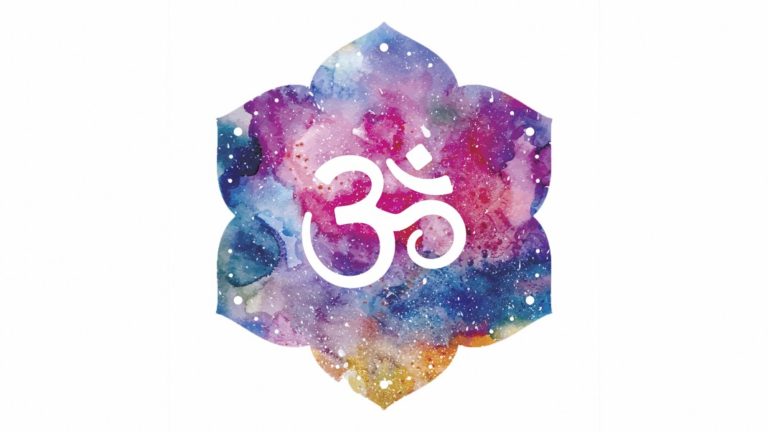
The first time I went to India, little did I know that my life was going to completely change. I know, many people come back from India saying they transformed. It happened to me, too.
At that time, I was a singing student at the university in Montreal and was feeling blocked. My voice was weak and so was my morale. I heard that in India, before a concert, a singer would sometimes sing ‘om’ for almost one hour, reconnecting to their soul, before starting the performance. I became very intrigued. “Maybe I could also find a way to reconnect to my voice?” I thought to myself. I bought my airplane ticket and suspended my university studies for one semester.
I didn’t know where to go; India is huge! However, a whole series of coincidences brought me to my teachers and I started my journey. In my first class, one of them asked me to sing an “A” sound, which I did. He listened. After a few moments of silence, he said “You are not connected to your voice.” I smiled, as I thought to myself: “That is exactly why I came. I must be in the right place.”
That was the beginning of a fascinating adventure and my initiation into the Nada yoga tradition. I had no idea at the time that I would be touched in the depths of my soul, healed in places I didn’t even know needed healing. After a few months of studying with them, I came back home, and my voice was transformed and my career shifted unexpectedly. Above all, I came back humbled. Now, I spend half the year, every year since, studying in that country, deepening in this path and sharing this knowledge with people in the West.
What is Nada Yoga ?
Nada, from the Sanskrit “नाद”, means “sound”. Nada Yoga is the yoga of sound.
There are different ways in which you can explore sound on your yoga journey. While some Nada Yoga practices have been well documented and are mentioned in the sacred texts, other practices have only been passed from generation to generation, mostly as oral traditions.
Russill Paul is a contemporary Nada yogi who has written extensively on the subject, and who suggests a classification of four different branches of Nada Yoga. While this classification is not official, it helps explain the different aspects of this form of yoga.
Shabd and Shakti
The first two branches are called, according to Paul, Shabd Yoga and Shakti Yoga. Both focus on mantras and their mystical properties, but their origins and ways of practicing differ.
Bhakti
The third branch is called Bhakti Yoga. Bhakti means devotion. Bhakti Yoga is all about chanting devotional songs to connect to a space of grace.
Nada
The fourth branch of Nada Yoga, according to Russill Paul, is also called Nada Yoga. It uses pure sounds as a means of meditation. There are no mantras involved.
The last branch – the one in which I am specializing – overlaps with classical Indian music. Classical Indian music is a very complex, refined tradition. It is a deeply mystical art form, and although one can study this music without exploring Nada Yoga, one finds that the Nada Yoga journey lies at the very core of this art. So, a musician can develop a Nada Yoga sadhana (spiritual practice) along with their musical development.
Of course, it is not necessary to be a professional musician to benefit from these practices. I have taught Nada Yoga classes and workshops to people from varied backgrounds, and found we all can benefit greatly from it. Ultimately, this is not just an exotic form of yoga.
Nada yoga is about you and how you relate to yourself, how you inhabit your body, how you align your mind, how you express your soul.
Let me give you a taste of it. Since I’m specializing in the fourth branch mentioned above, and more specifically on voice, I will share with you a vocal exercise from that branch.
Aakar: A Singing Practice
Take a moment now. Sit in a comfortable position, ideally with the back straight. As you are reading this text, take a deep breath and scan your body: is there any tension anywhere? See if you can become a bit more aligned, a bit more relaxed in your posture. Take your time.
When you feel ready, take another deep breath, and let a simple /a:/ sound come, as in the word “spa”.
Listen to yourself as you sing this tone. Pay as much attention to the act of emitting a sound as to the act of listening to it.
Now, check in with yourself: are you afraid of expressing this sound? If yes, then see how it feels to take your space a bit more. Don’t force yourself to open up all at once. Just gently explore the possibility of taking more space around you with your voice.
Are you feeling tense, anxious? Can you hear that in your voice as well? Just observe and listen. Is your voice shaking? Let it shake. Do you feel frustrated that it is shaking? Let frustration be. Does it feel stuck? Let it be stuck. Discover the relief of allowing yourself to be, just as you are, right now.
So often in our lives we have to compromise, adjust, refrain, etc. But here you have an opportunity to create an inner temple for yourself. Give space to for your voice to be exactly as it is. Receive and give space to whatever comes up. But in your mind, remain focused, aware and equanimous. As you keep this neutral witnessing quality, you will notice that your voice will gradually settle down, open up and naturally realign itself.
Observe the Body
Continue breathing deeply, and calmly singing your “A” on the exhalations. Then, observe the body.
Keep watching your posture, so that it is aligned and keep listening to yourself. See if you can let your body become more open and relaxed, but not so relaxed that your sound becomes feeble. Find balance between tonus and relaxation. Look for that middle point. Now look at your shoulders, your neck. Necks tend to tense, especially when singing. See if you can relax that region.
Scan your chest, your face, your jaw, your eyes; bring release to these parts, too. Observe your belly and your hip area: these are areas where we often hold tension. Sing your ‘A’s as you focus respectively on each area, and bring some deeper tonus and relaxation to them. In more advanced states of practice, we can actually bring the sound vibrations to different parts of the body, but for now, let’s just focus on them, letting your voice open up as your body realigns itself.
As you explore this practice you will notice your mind wandering again and again. Bring it back, again and again. My teacher said something one time that I never forgot: “Mental power has to be developed gradually. It is not a matter of one to two hours, or one to two weeks… or even one to two years. Mental power has to be developed over a long time. What is mental power? The power to focus.”
So use this exercise as an opportunity to develop that. You will find that as you develop it, you start to reach deeper levels of perception, insight and peacefulness. It will also allow you to access deeper levels of the practice and open your voice even further.
As your mind settles you begin shining presence on your vocal expression, and it starts to transform. Imagine a channel that has been clogged for a long time. Once you pass some water through it, gently, over and over, slowly it starts to unclog. Likewise, your voice, totally welcomed as it is, united with your conscious presence and aligned posture and breath, becomes like water to your system. Slowly you are unblocking your inner pipe; you are realigning your system. With this exercise, you are peeling away, gradually, all these layers of subconscious blockages that we all carry around.
Much more could be said about Aakar practice, but this is a good introduction. If you are new to singing, practice up to 30 minutes at a time, as your vocal cords might get tired if you practice longer. Drinking water throughout your practice is also recommended to keep your throat hydrated. Now remember, breath work, body alignment and mental focus are the key aspects here. Without these the “yoga” aspect of this practice is gone.
Aakar can be very simple at first sight, but you might discover tremendous depth in it. It is one of the main exercises we do in the tradition I am studying. For in-depth work, it is recommended that you have an assisted practice, so that you can understand all the different ways in which you, personally (and often unconsciously), block your voice. But with this simple written explanation you can already benefit a lot.
The Power of Your Voice
Voice is such a great tool to guide us in our life quest, because it is a very loyal mirror of our inner reality. Our voices change every day, depending on how we feel, and how our bodies and minds are. In ancient traditional medicine systems, such as Traditional Chinese Medicine (TCM) or Ayurveda, voice has been used as a tool of diagnosis. Just by listening to the voice the doctor can get information about the patient’s overall health condition.
We also can make the best use of this amazing tool, not only as a means of diagnosis like in these medicinal traditions, but as a guide to liberation. We can let our voices guide us into deeper alignment, emotional release, reconnection to our essence, mental clarity and inner peace.
It has been scientifically proven that the whole universe is made of vibrations. The ancient Indian scriptures actually affirm that the universe was created by sound. As you experiment with different Nada Yoga practices, maybe you will also find that sound is indeed a powerful doorway into the Great Mystery.
I wish you all happy explorations in your yoga journey.



